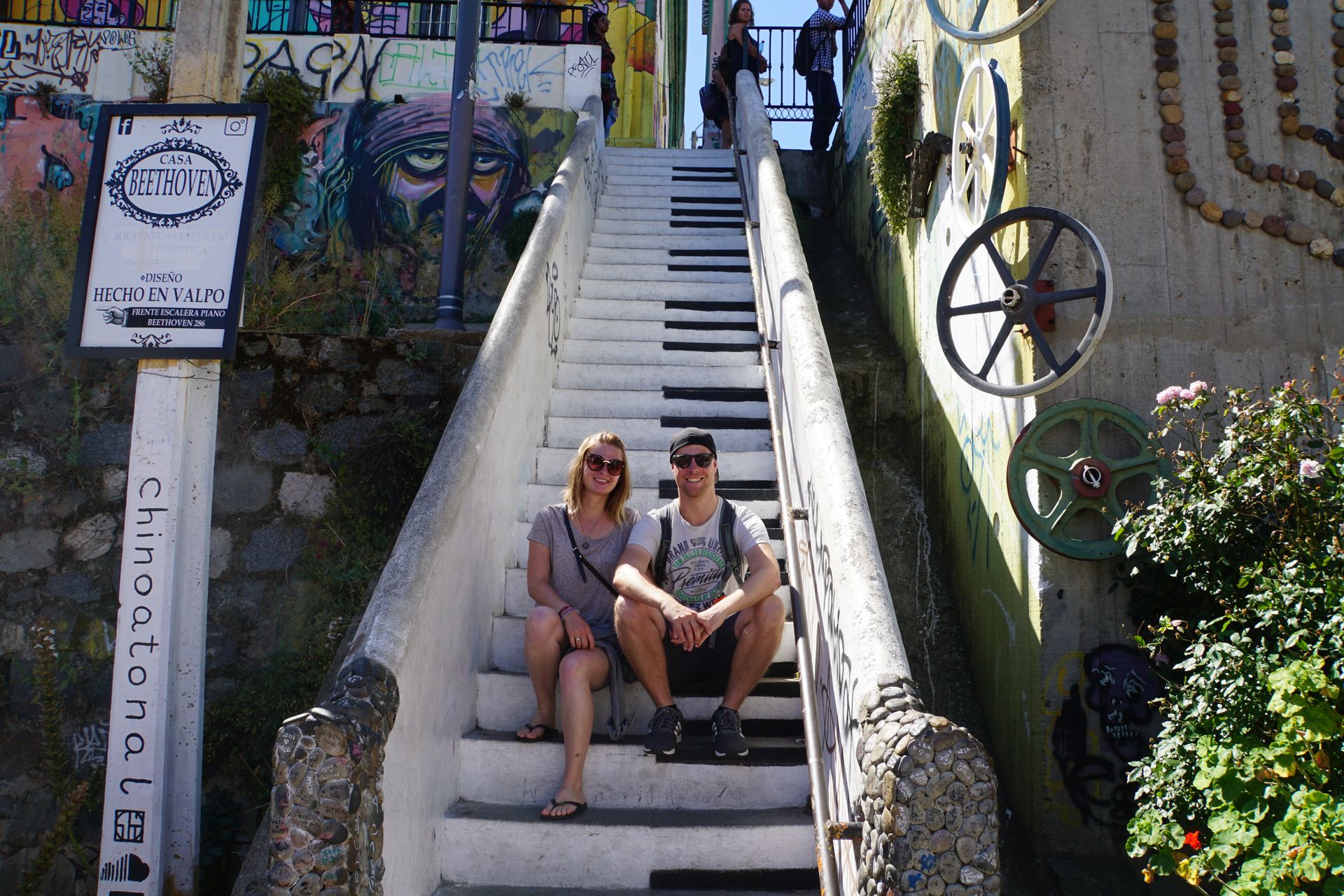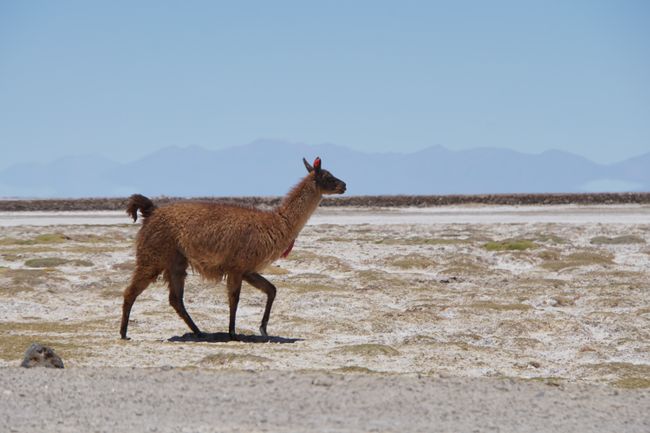Valparaiso and Santiago de Chile
Ishicilelwe: 14.01.2019
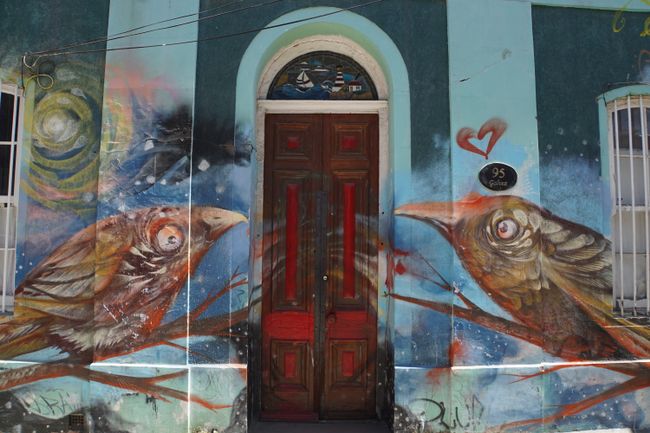
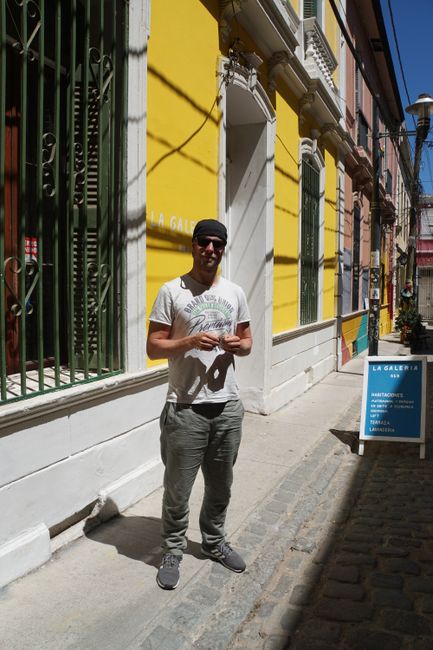
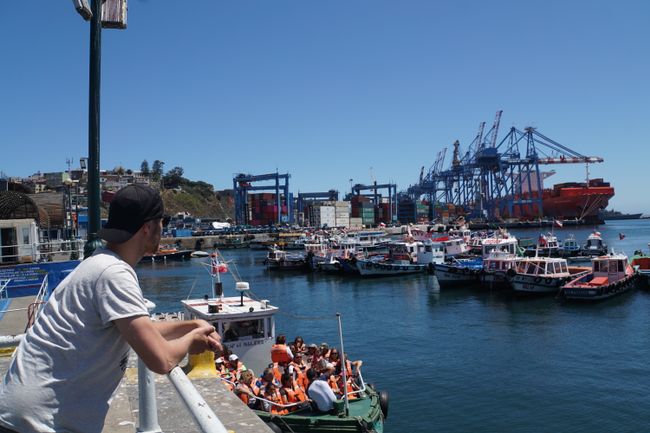
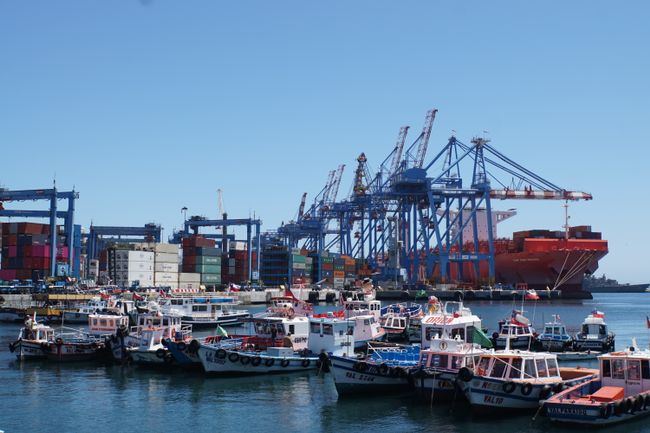
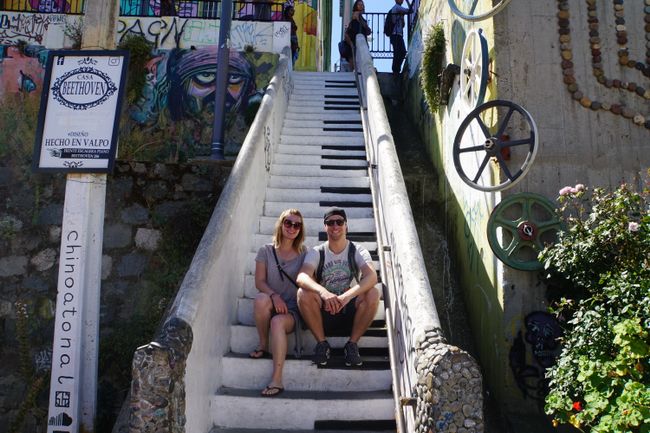
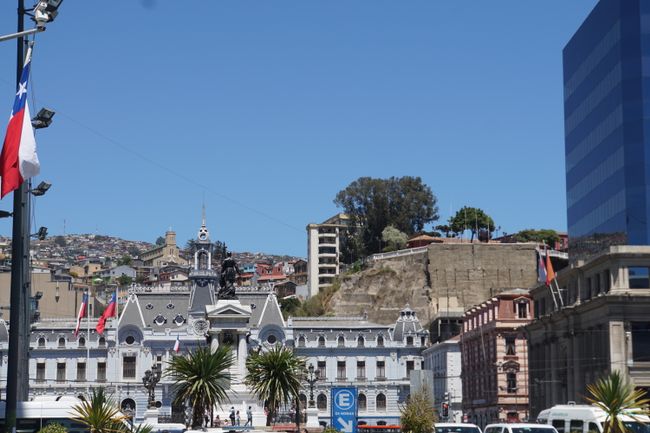
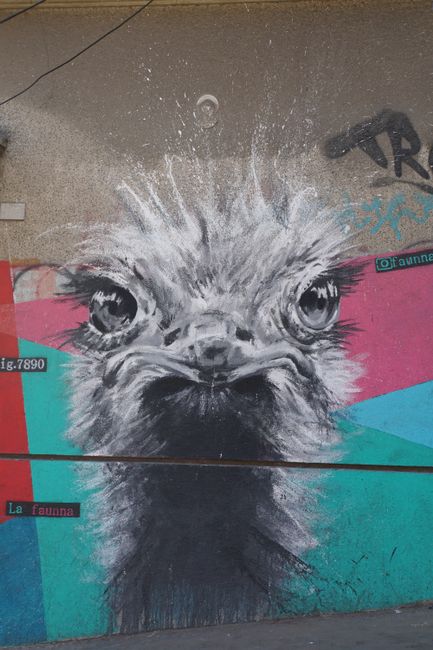
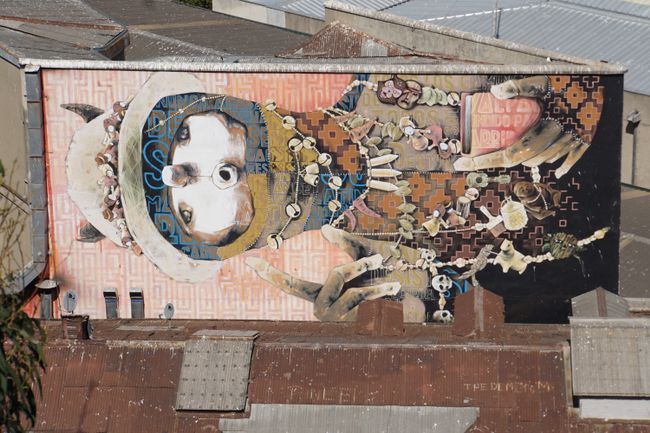
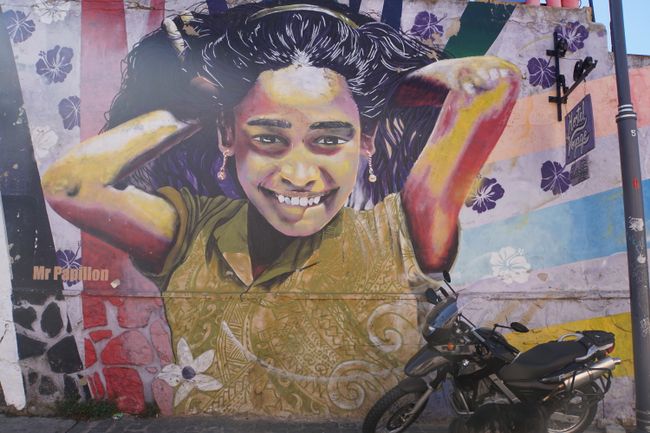
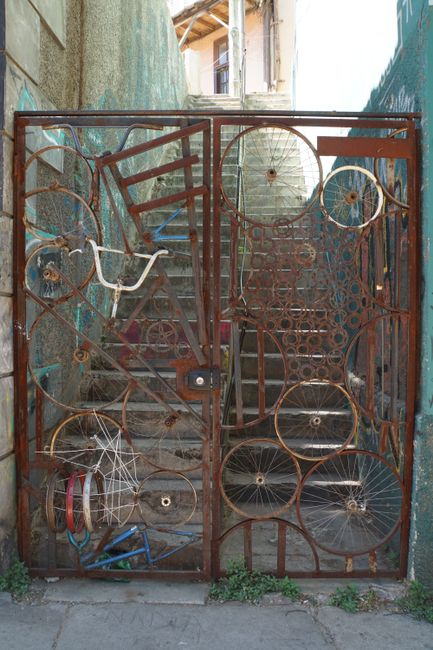
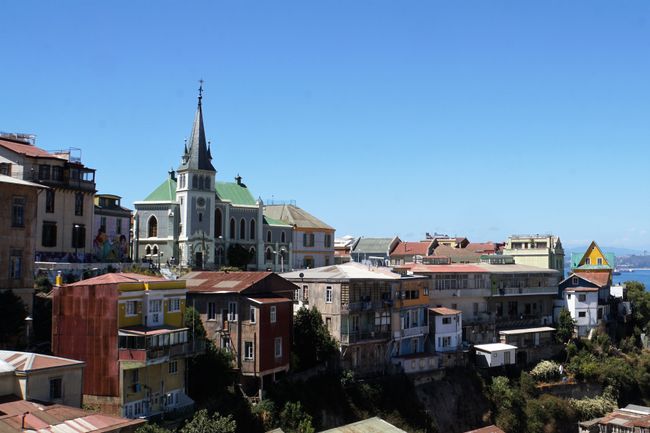
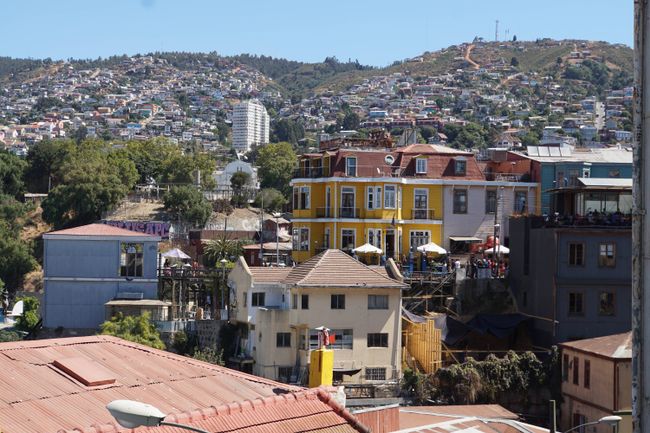
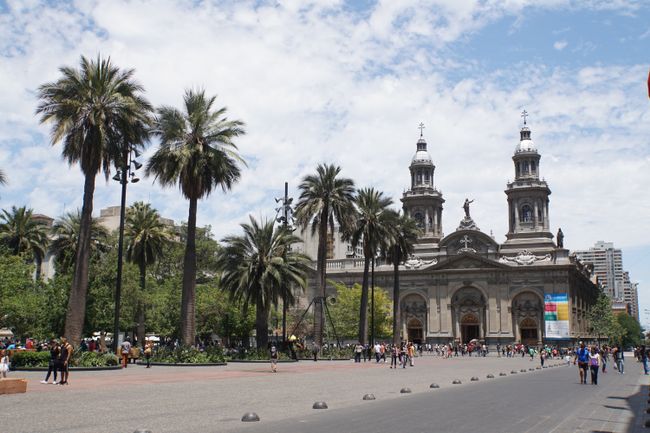
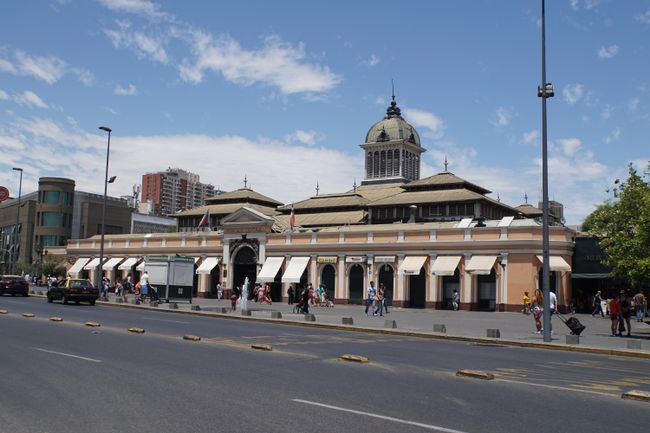
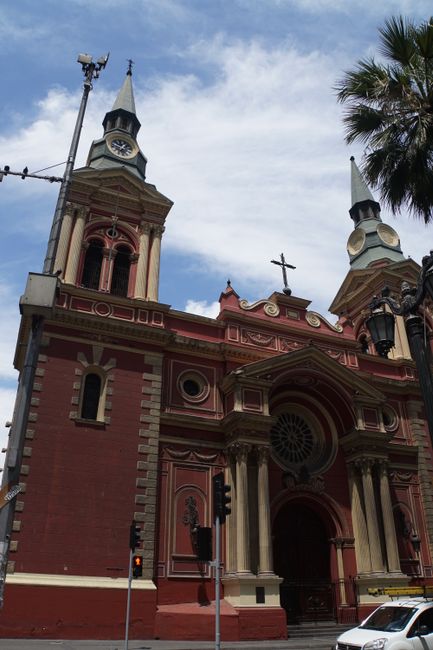
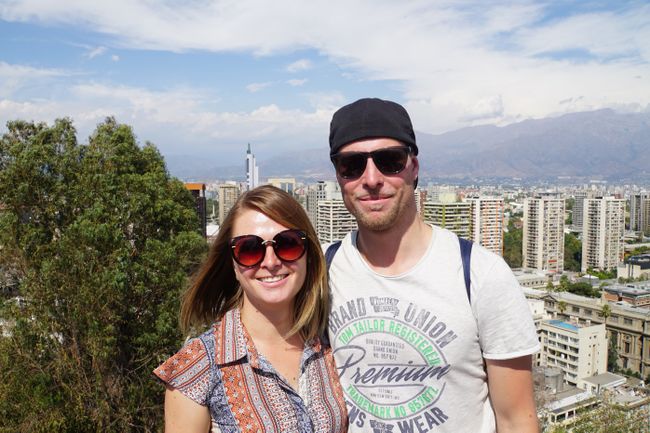
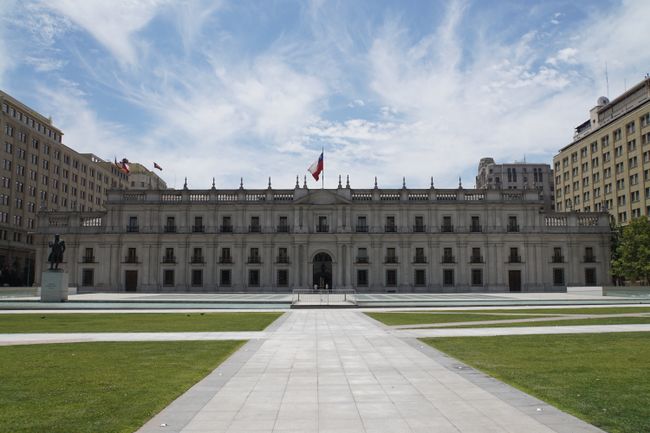
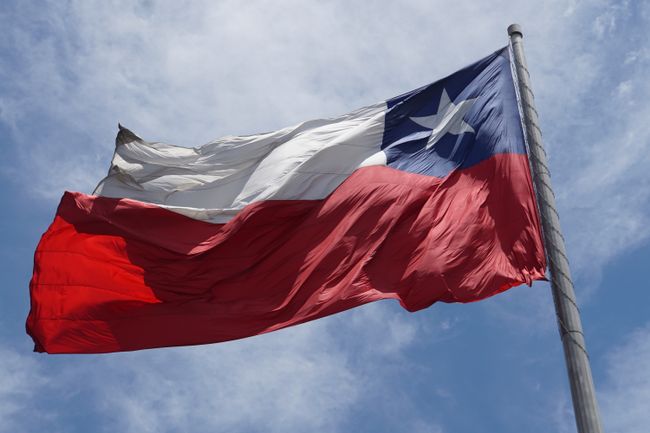
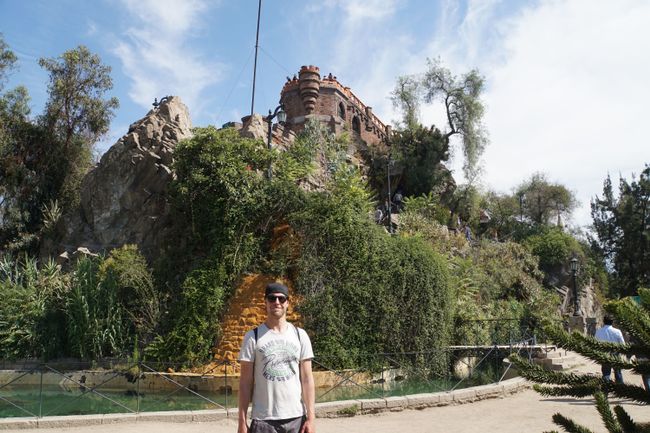
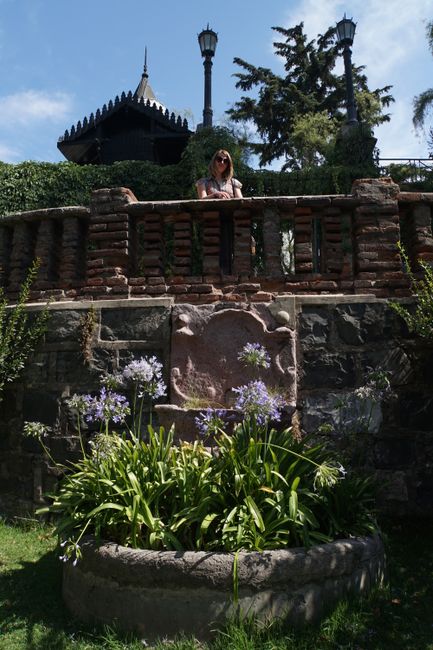
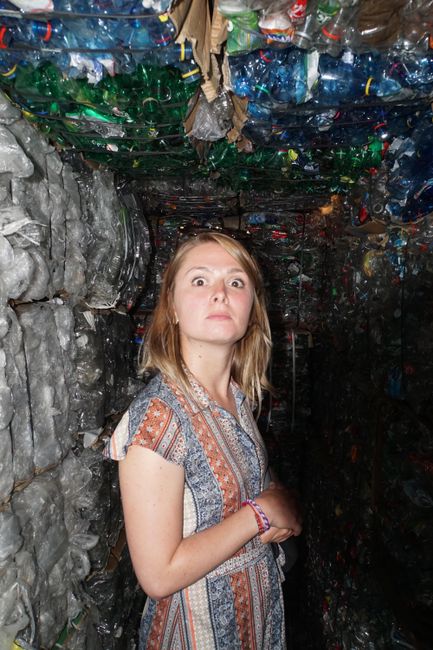
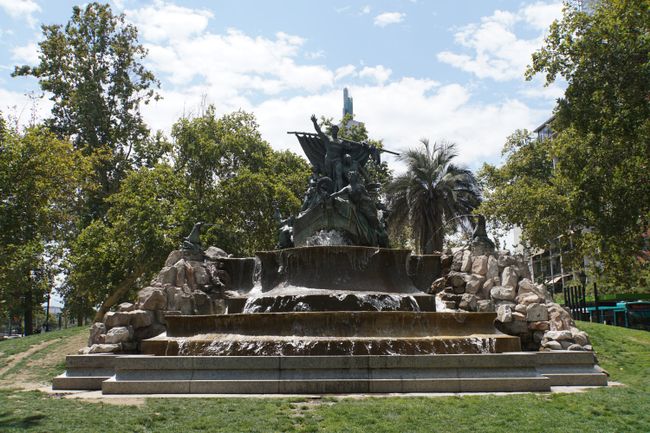
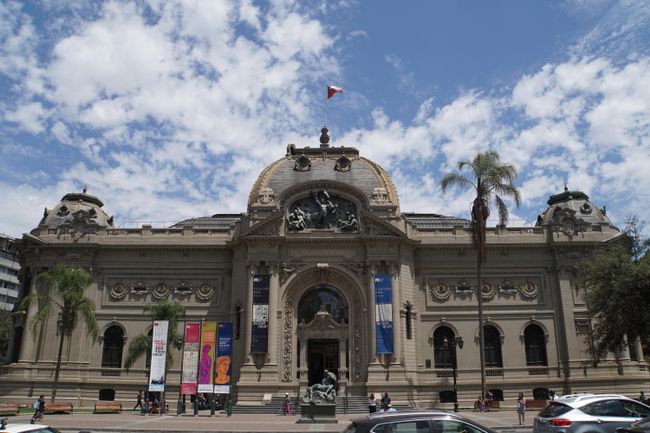
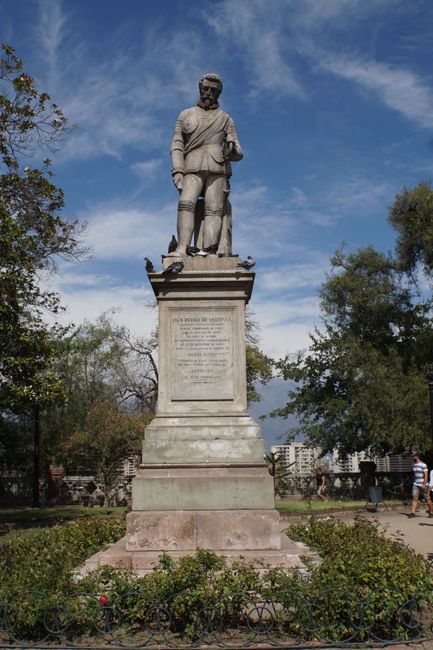
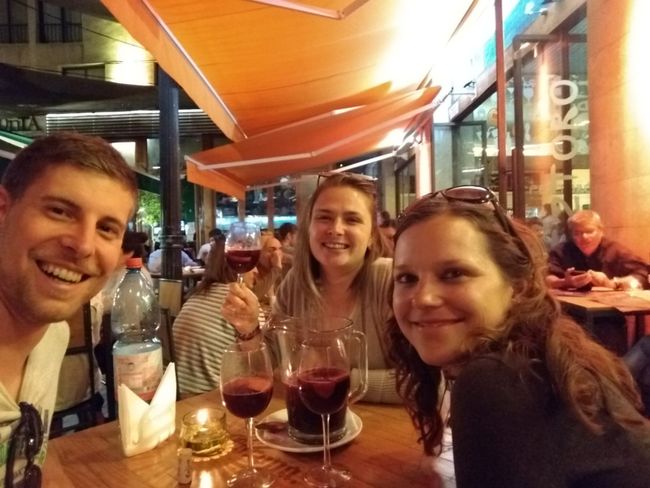
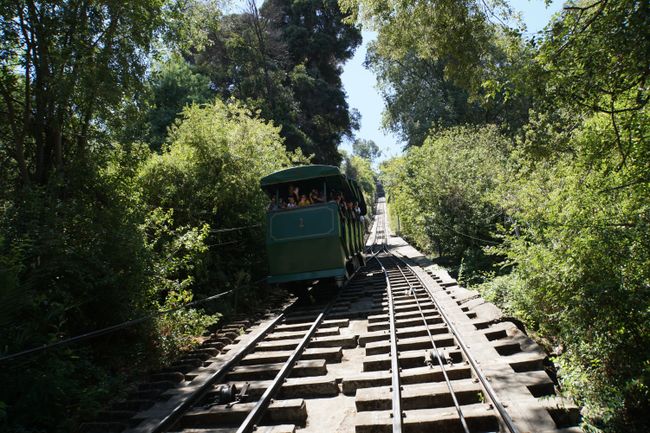
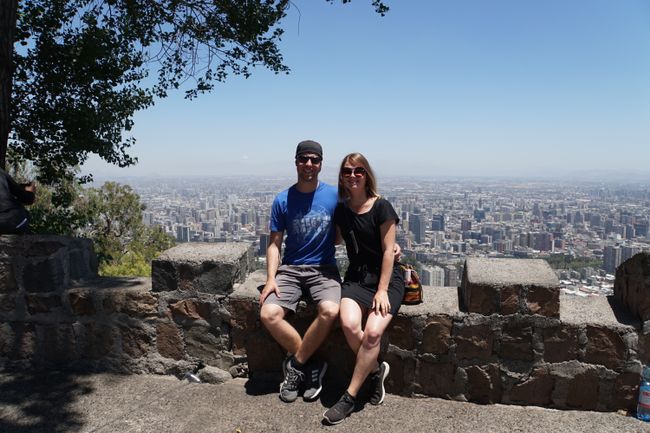
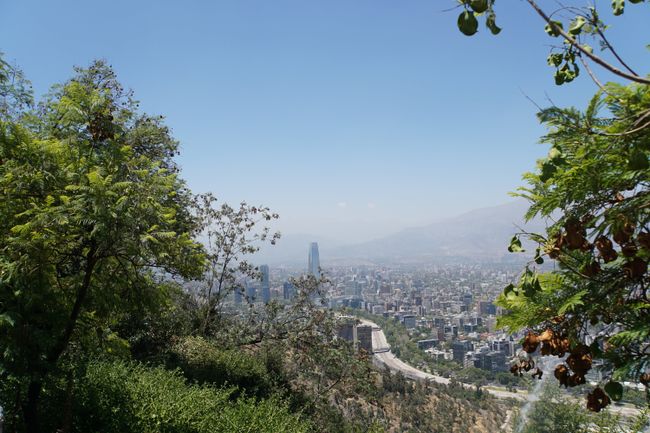
Bhalisela i-Newsletter
After a short stopover in Valdivia, which we mainly used to organize our further journey and visit a hairdresser, we finally arrived in Valparaiso, a port city with just over 250,000 inhabitants near Santiago. The port is one of the most important in the country and indeed, during our first small city tour, we were greeted by numerous container ships.

Compared to the ocean giants, the tourist boats seem tiny
Our expectations of the city were high. After all, Valparaiso is considered the cultural capital of Chile and has been home to numerous artists and poets. Chile's national poet, Pablo Neruda, lived here, among others. His house, now a museum, is also one of the most popular tourist attractions in the city.
However, the "vibes" that many have raved about did not really catch us. Valparaiso is mainly big and busy. The old town was declared a UNESCO World Heritage Site in 2003. At least around the main square, Plaza Sotomayor, the old colonial buildings lose some of their monumental effect in the noisy traffic.

In the center stands the Military Academy building, a former grand building of the government that was never returned after a military coup in 1973
Nevertheless, we are also positively impressed by the colors of this city. The cerros, the hills of the city, are covered with colorful little houses, many still in colonial style. The facades are often covered with metal panels. We learn that these are the metal of old containers that were cut apart to protect the house walls from the constant rain and storms during the Chilean winter. The only metal colors that the locals had at their disposal were the same ones they used to paint their fishing boats. So over time, the colorful houses became a tradition in Valparaiso. In addition, countless artists have demonstrated their skills through street art here. During our free tour, we learn that it is not officially illegal to paint a graffiti in Valparaiso. Many of the pescados (as the locals call themselves) offer their house walls to the artists by arrangement.
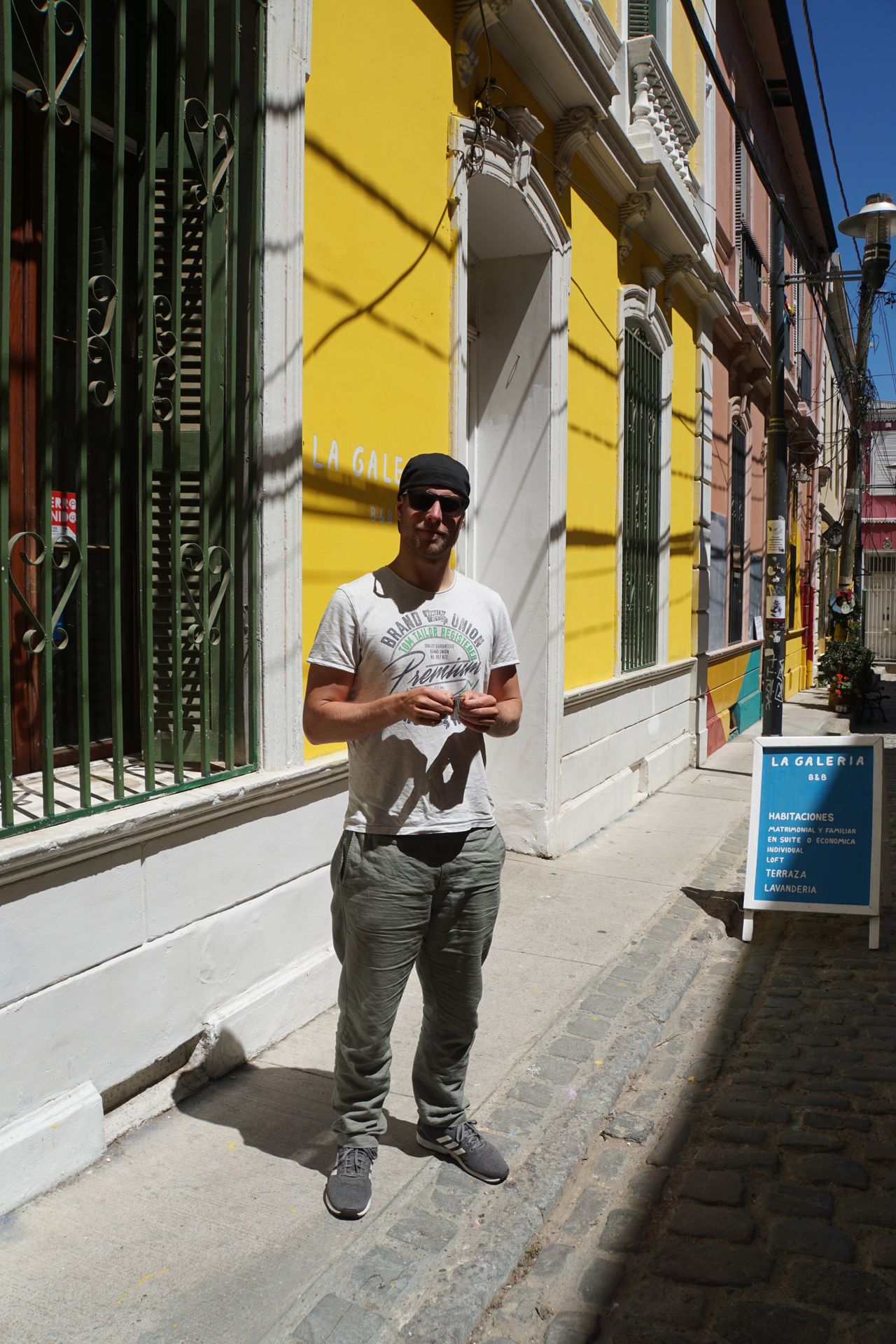
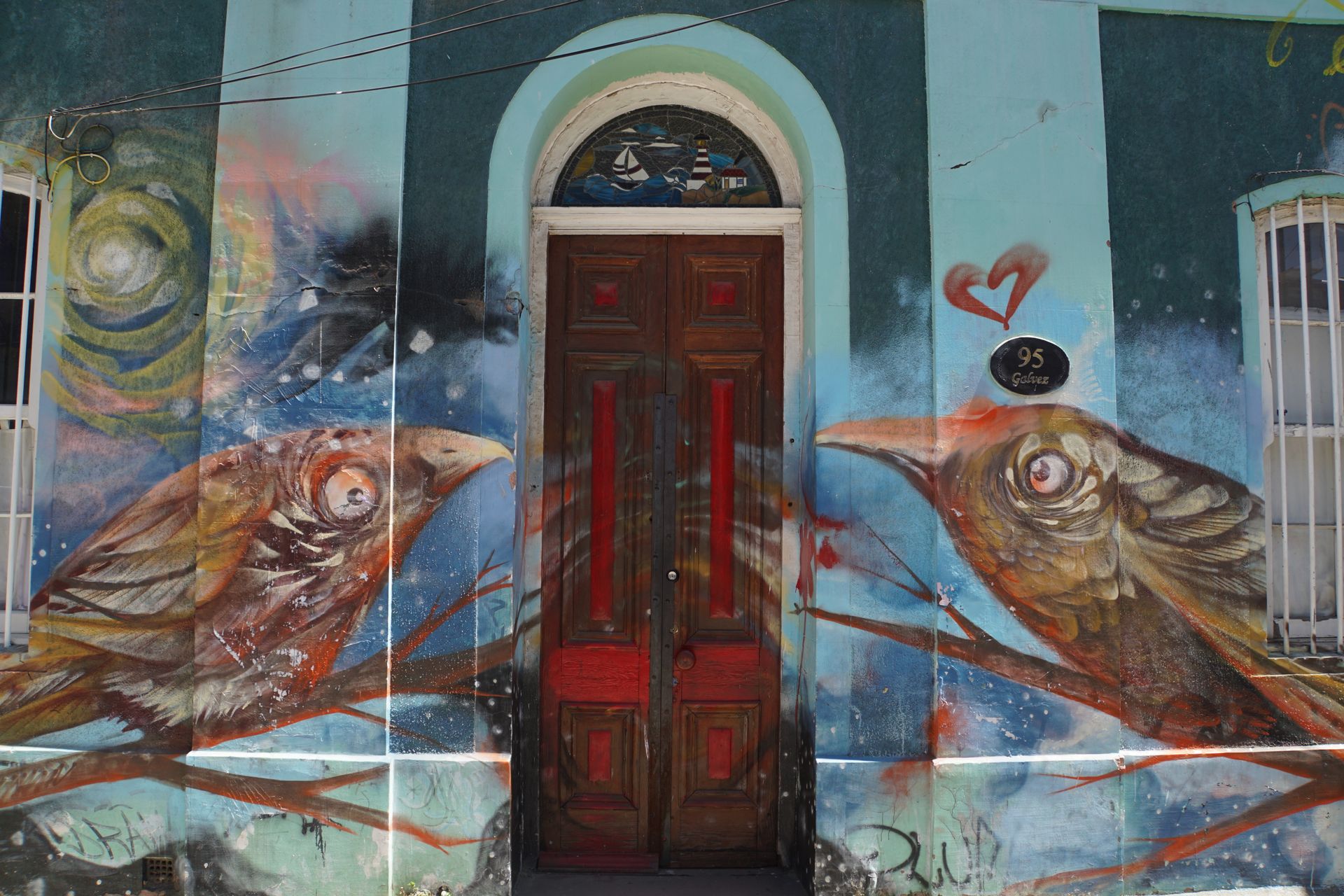
Some doorways are adorned with pictures

Entire facades are also painted, here by the internationally recognized artist Inti Castro
The hills in the geography of the city motivated the locals to build elevators in Valparaiso early on, which connect the different levels. These ascensores are definitely more pleasant than climbing many stairs. We ride the Ascensor Victoria to Cerro Bellavista, from which we actually have a beautiful view of the city and the harbor.
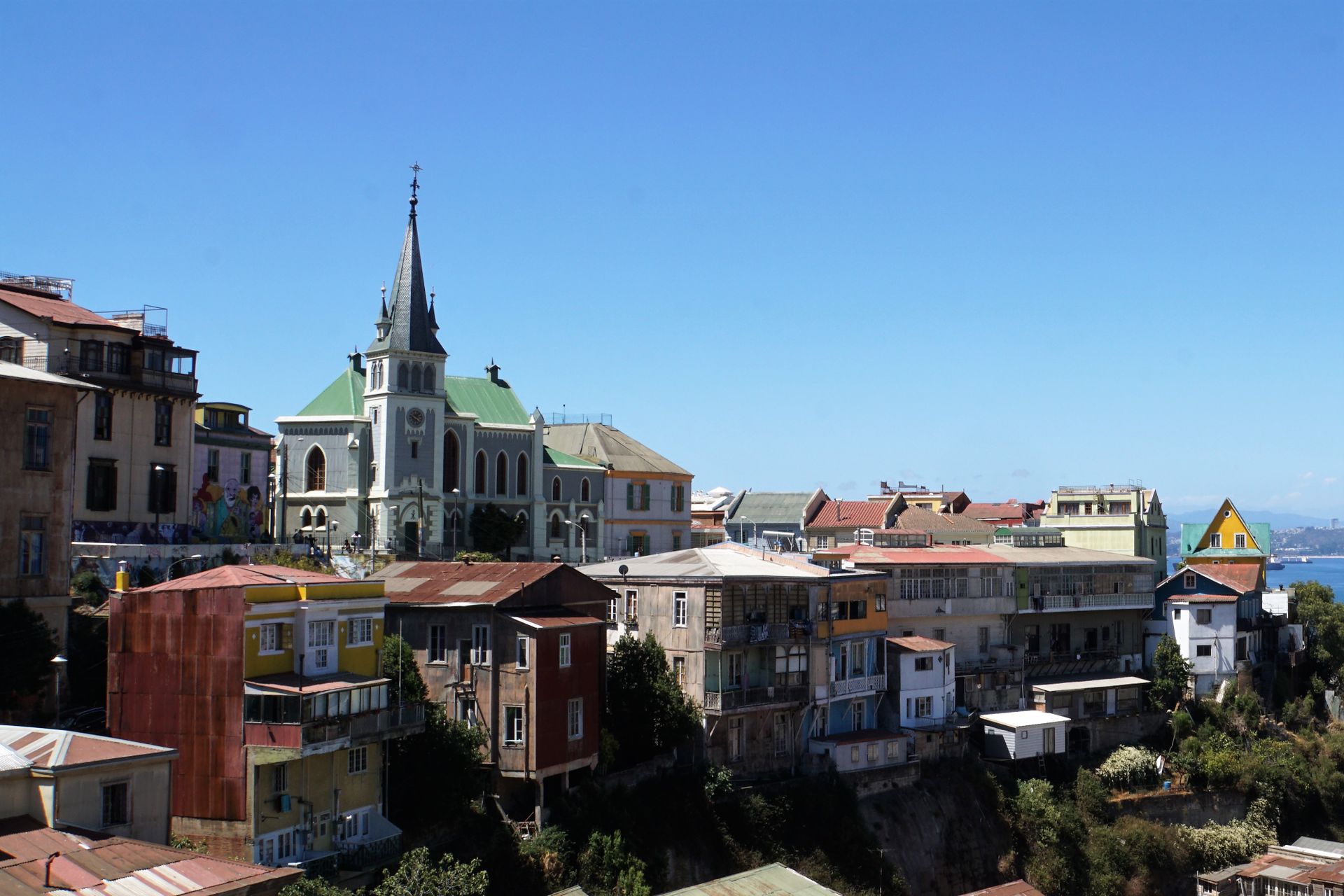
The pescados love their city hills. Not only for the view or the many nice little places that can be found around every corner. Above all, the hills offer protection to the Valparaisans in case of a tsunami hitting the city.
After two days in Valparaiso, we then drive to our final destination in Chile, Santiago. The capital of Chile is home to over 5 million people. Our hostel is located in a quiet area, about 3km from the center, in a small but quite hip neighborhood. Numerous small cafes, chocolateries, and boutiques can be found here. The weather is wonderful, almost too warm, so we don't use the subway but walk the route to the sights every day. And Santiago de Chile has plenty to offer. In addition to colonial grand buildings, monuments, and churches, the city center is filled with smaller and larger parks. The opera house and the market hall impress with their special architecture. The iron structure of the old central market was supposedly made in Paris.

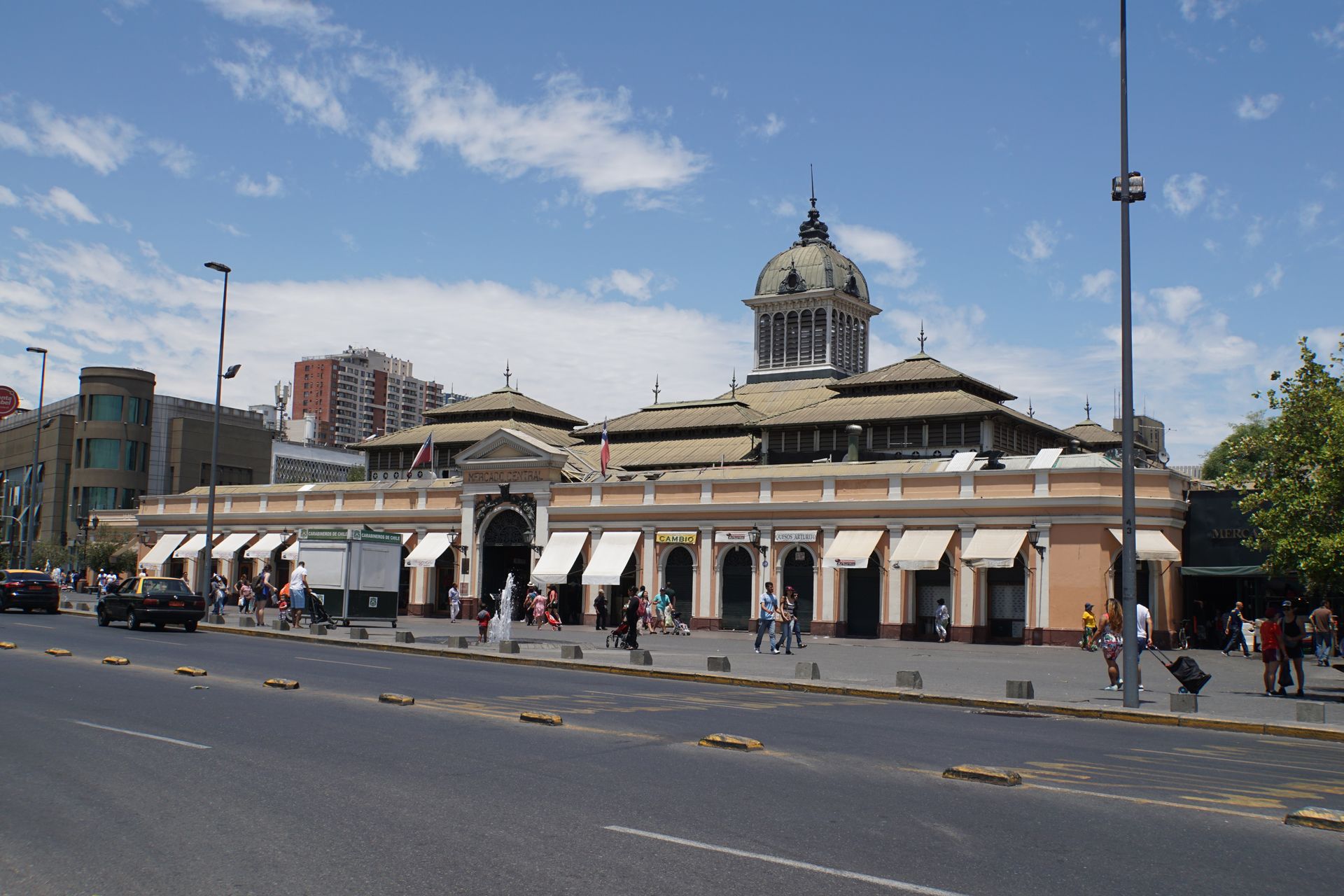
Even though the Chilean parliament meets in Valparaiso, the political center of Chile is undisputedly in Santiago. The government buildings are large and impressive. The presidential palace in the Palacio de la Moneda, the former Chilean mint, is guarded not only by soldiers but also by many Chilean flags. We count 16 flags on one side alone, although we are not sure if we have found them all.

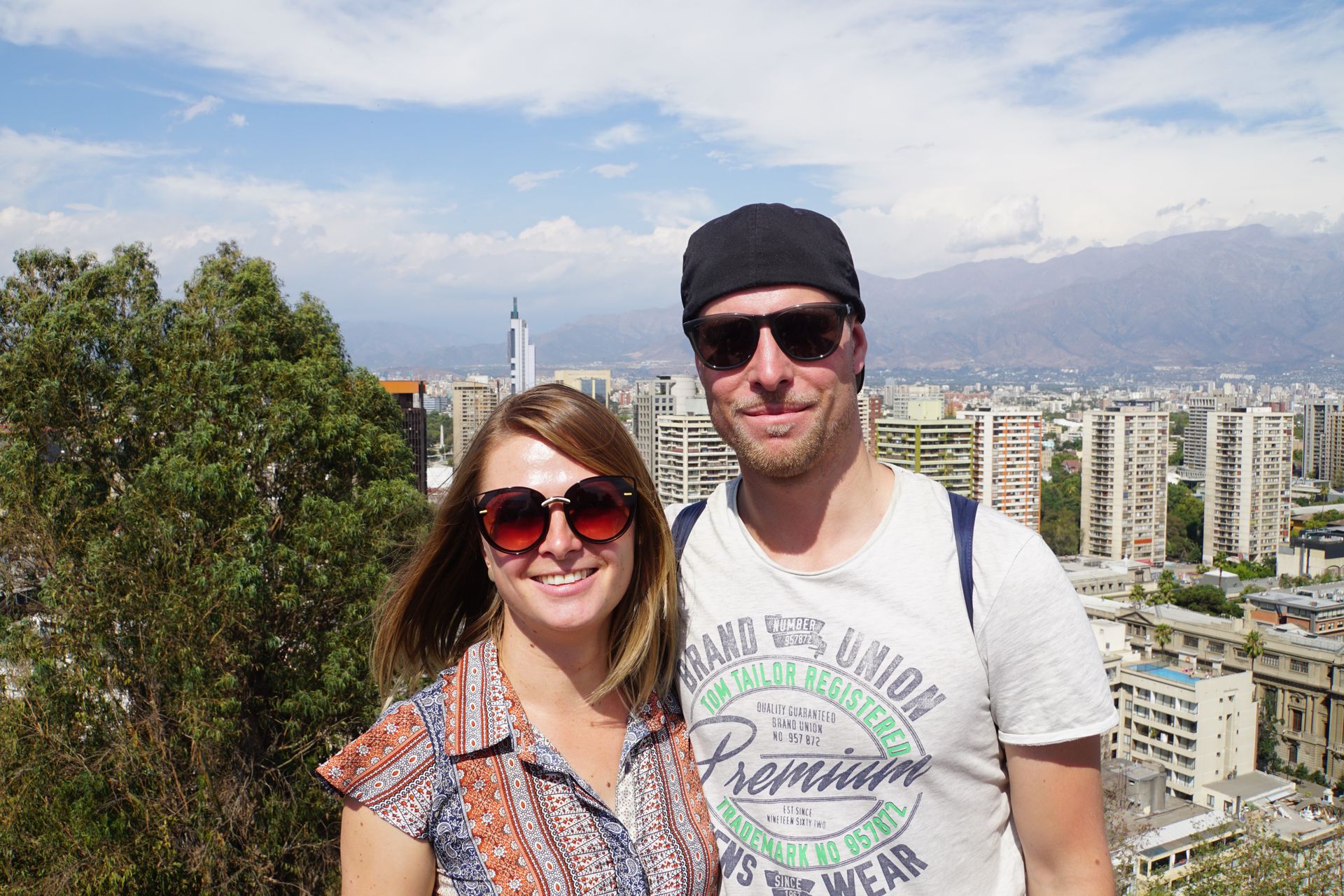
After our first city stroll, we meet Christina for dinner, a former colleague of Laura's from Trier. She flies back to the USA the next day, so we celebrate a reunion with a good meal and homemade sangria!
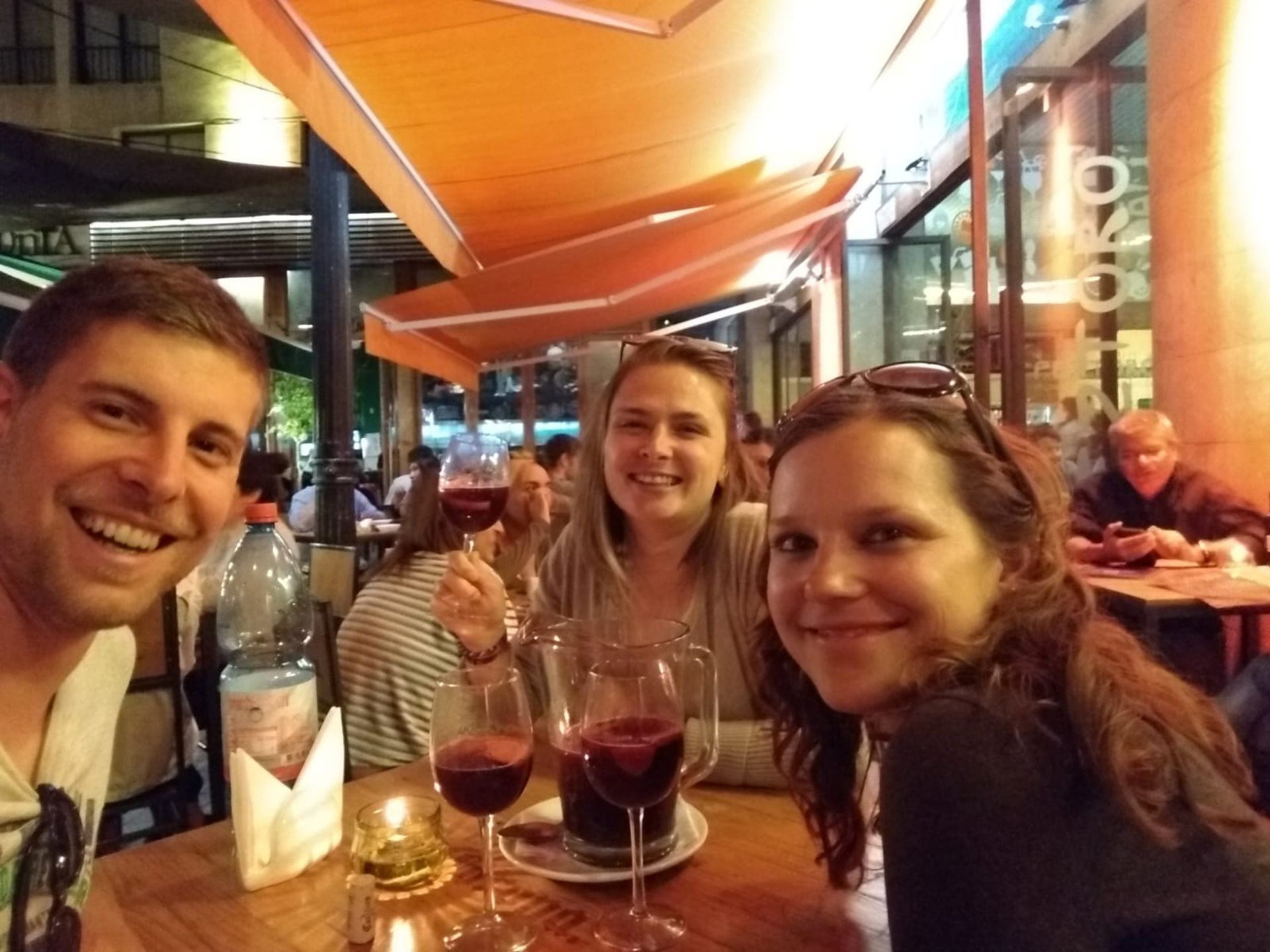
A blurry cell phone photo as proof of the fun-filled evening. Greetings to Christina!
On our last day in South America, we take an elevator again. With the Funicular de Santiago, we go up to Cerro San Cristóbal. On its top and sides, one of the most popular attractions in Santiago can be found, with swimming pools, cafes, walking paths, and small gardens. There is also a cable car that can be used to go back down the mountain to the city on the other side.
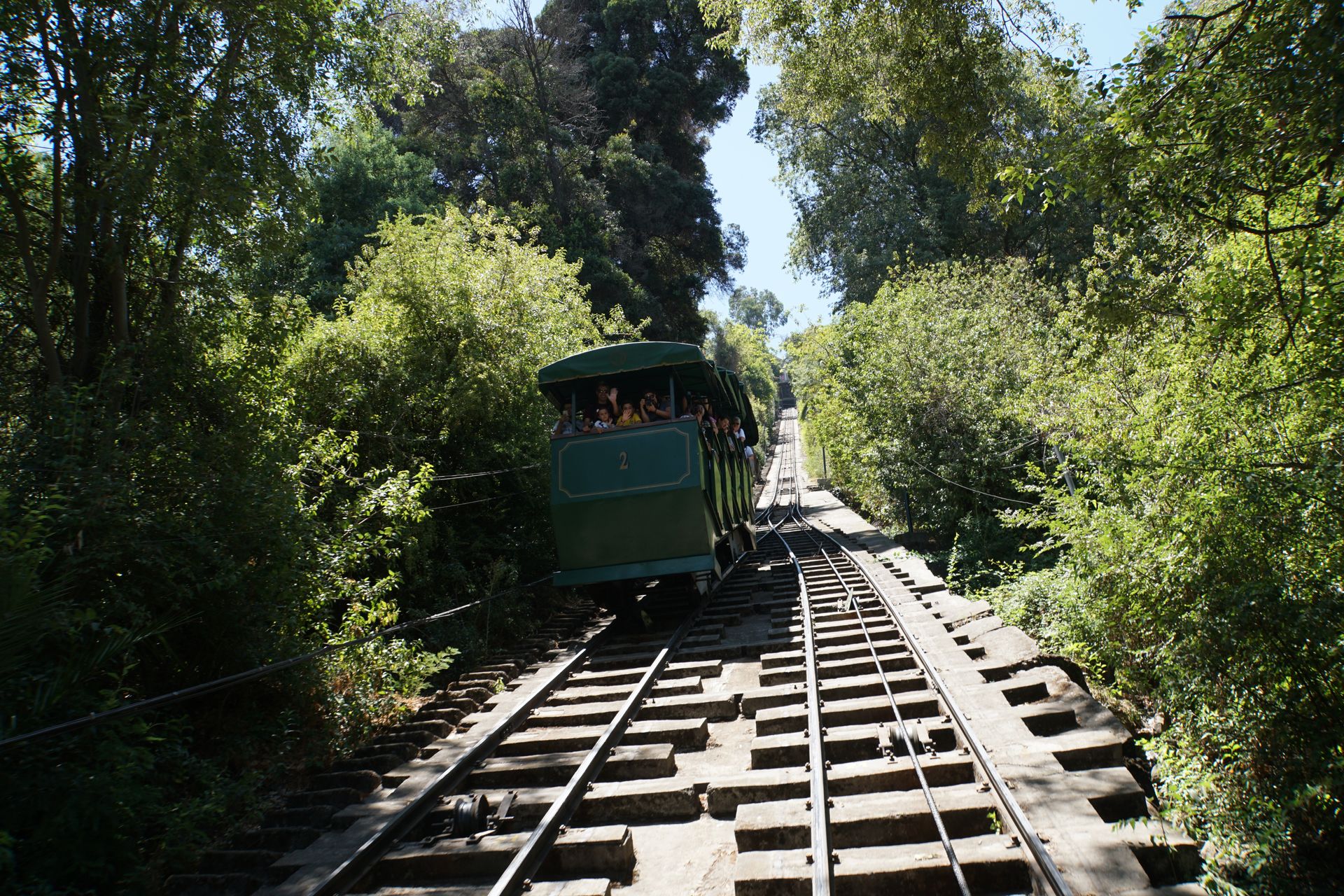
Funicular de Santiago
We stroll a bit, but actually it's much too hot. Even the locals seek cool down under water fountains. Unfortunately, we have already checked out as we are flying to Los Angeles tonight, so we don't have the opportunity for a refreshing shower anymore. However, the public fountains still looked very inviting.
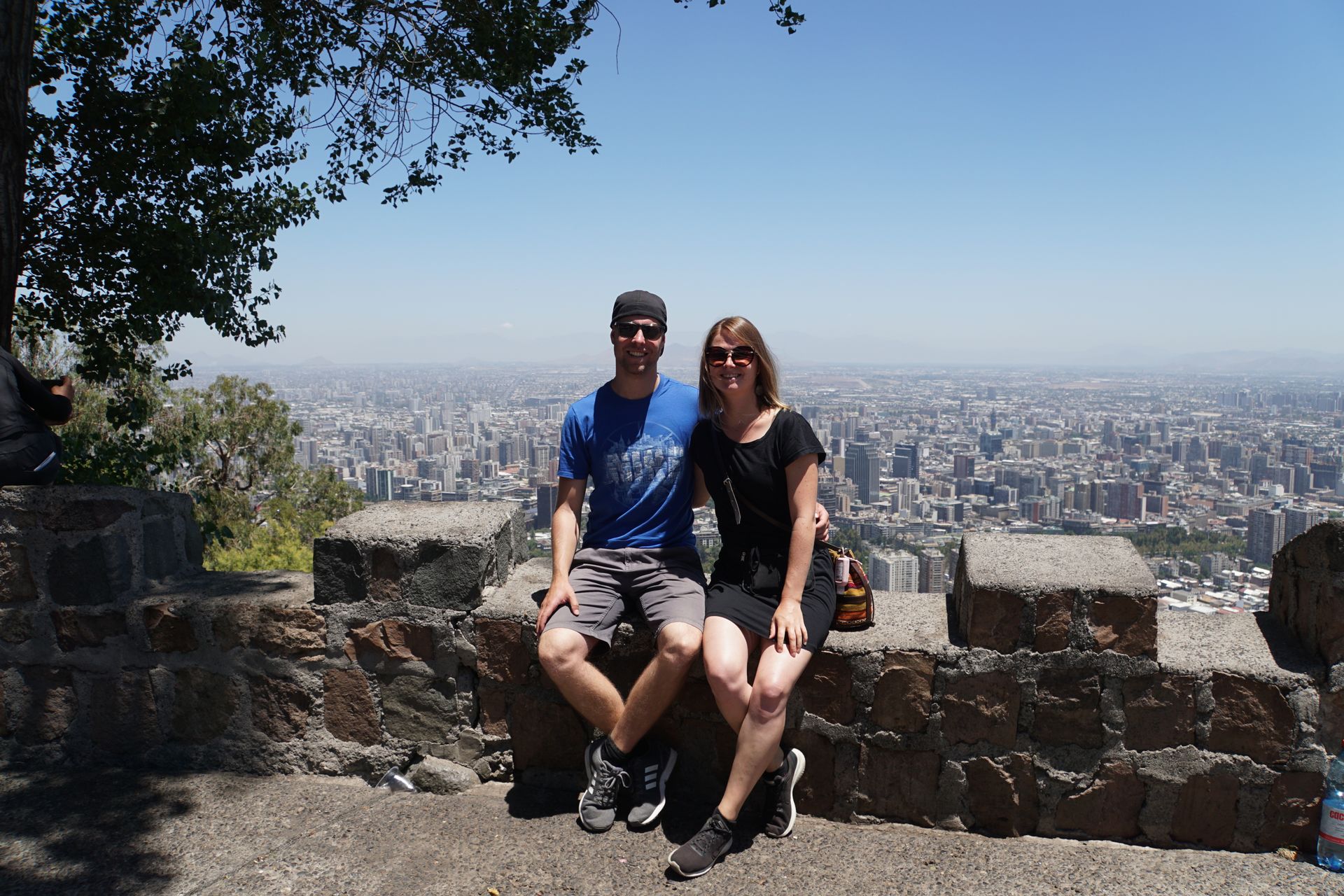
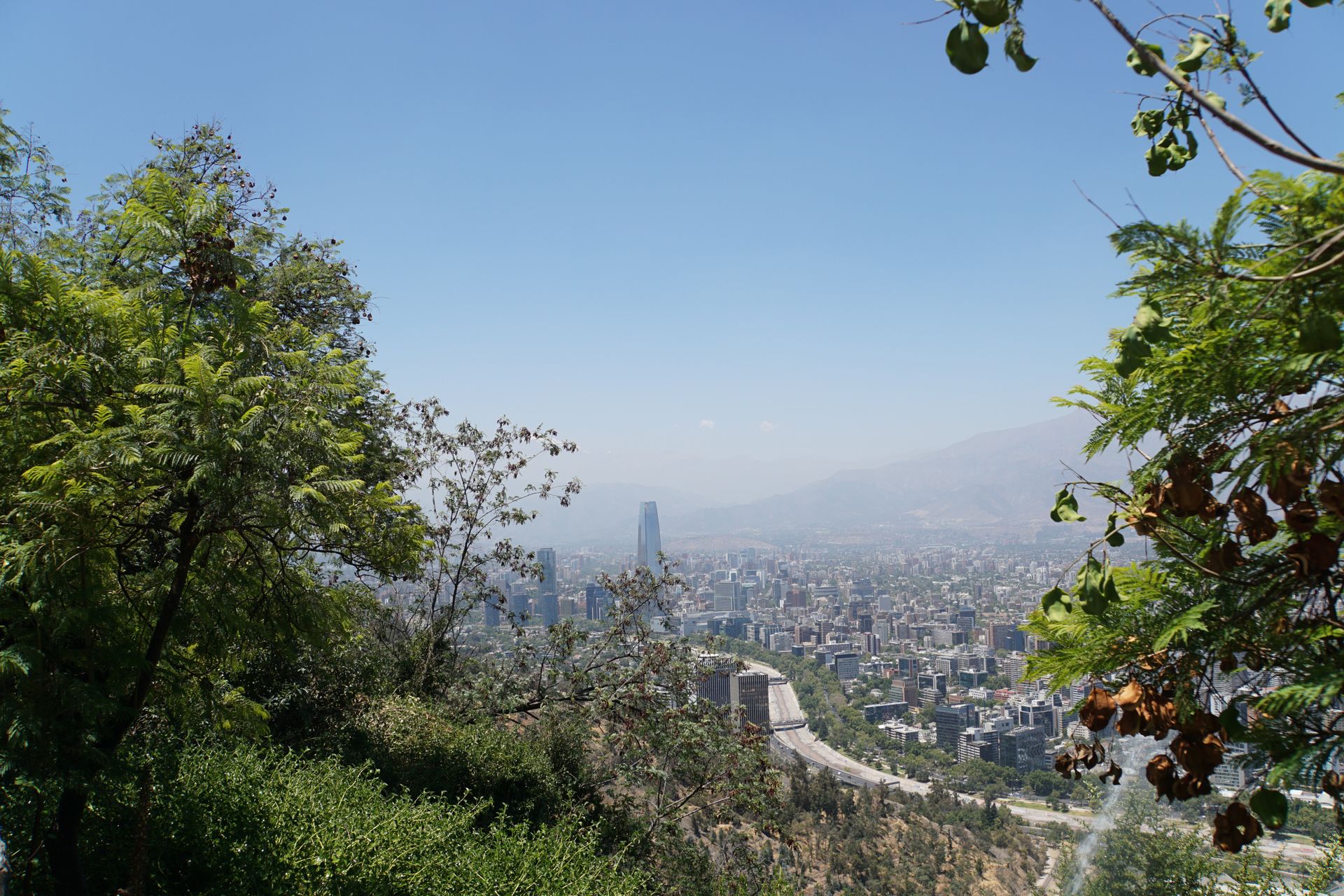
View of the Costanera Center, better known as Gran Torre Santiago (Great Santiago Tower), the second tallest building in the southern hemisphere
Afterwards, we take the cable car down the mountain to a huge shopping center (Costanera Center). There, we treat ourselves to a burger in pleasantly air-conditioned air to prepare for the next few days in the USA, and finally stroll back to our starting point.
All in all, we liked Santiago much better than Valparaiso. The streets are clean, and numerous parks and small cafes invite you to linger. Chile's capital doesn't seem as gigantic either, even though we could walk through it for hours and still only see a fraction.
With the farewell from Santiago de Chile, our adventure in South America also comes to an end. It will certainly not be our last trip to this continent. With four countries - Peru, Bolivia, Argentina, and Chile - we have only traveled to just under one-fifth of all states, and we have only seen a fraction of Argentina and Bolivia. Therefore, we have only had a small glimpse into the diversity of this continent, which has an incredible amount to offer both in terms of scenery and culture. Due to its sheer size, almost every climate and vegetation zone can be found here. We have seen the Andean highlands and mountains, driven through sand and salt deserts, hiked through green and scorched forests, and overcome many passes. Unfortunately, we did not visit the Amazon rainforest, which is now on our bucket list.
We will remember many dear people, not least our guide Dino, who brought us from Bolivia to Chile, and our Spanish teacher Shirley, from whom Markus learned his accusatory "PORQUE?!?" ("WHY?!?"). We will also remember our hosts on New Year's Eve, with whom we ate Chilean sushi and talked about the future of Chile. Also Philippe, our driver and car mechanic at Huascaran National Park in Peru, our hostel mom in Arequipa, and Dennis in Lima, who warmly welcomed us to Peru.
Bhalisela i-Newsletter
Phendula (1)
Martina
Tolles Handyfoto mit Sangria :)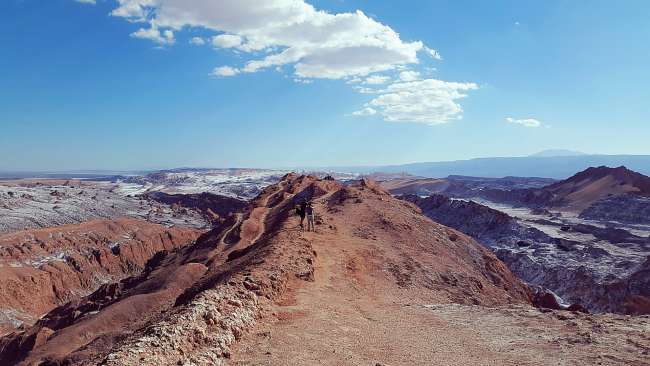
Imibiko yokuvakasha EChile
